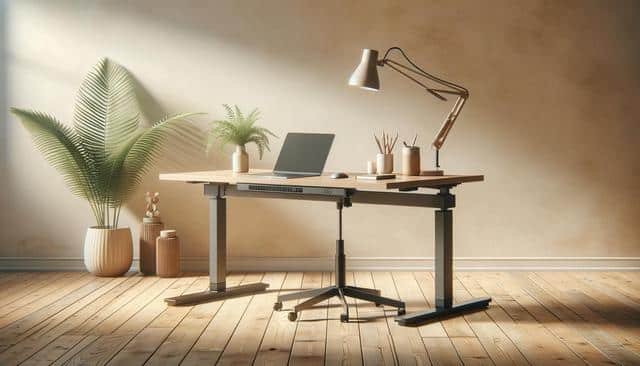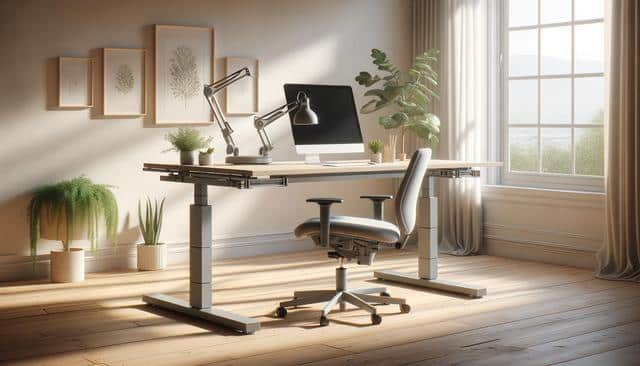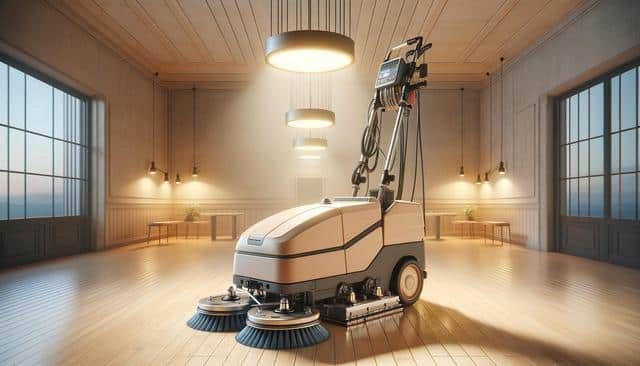
Why Adjustable Desks Are Redefining the Modern Workspace
The Rise of the Standing Desk
In recent years, the standing desk has gained popularity as more professionals seek ergonomic and health-conscious solutions to the demands of sedentary work. Prolonged sitting has been linked to a number of health issues, including back pain and cardiovascular concerns. As a result, the adjustable desk has emerged as a practical alternative, allowing users to shift between sitting and standing with ease. Whether in a traditional office or a remote work setup, the standing desk offers a more dynamic work environment that encourages movement throughout the day.
Unlike fixed-height desks, these desks are designed to support various postures and working preferences. This flexibility is particularly useful for individuals who spend long hours at their computers or participate in virtual meetings. Adjustable desks come in many forms, including electric models and manually operated ones, making them accessible for different budgets and needs.
Features That Matter in an Adjustable Desk
When selecting an adjustable desk, several features can make a significant difference in daily use. One of the most sought-after options is the standing desk with drawers, which combines ergonomic benefits with functional storage. This design is ideal for users who need space to store supplies, documents, or personal items without cluttering the workspace.
Another consideration is how easily the desk adjusts. Desks like the conset standing desk and updesk standing desk are known for their smooth transition mechanisms, allowing users to change positions without disrupting their workflow. Additionally, the size and configuration of the desk can affect usability. For instance, an l shaped height adjustable executive desk provides ample surface area, making it suitable for multitasking or dual-monitor setups.
Key features to look out for include:
- Height range and ease of adjustment
- Stability at all height levels
- Integrated cable management systems
- Weight capacity and desktop size
- Additional accessories like keyboard trays or monitor arms
Design and Aesthetic Compatibility
While functionality is essential, the design and aesthetic of a standing desk also play a role in user satisfaction. Many modern adjustable desks are crafted with a minimalist approach, using materials like metal frames and wood or laminate surfaces that blend well with various interior styles. Whether it’s a home office or a corporate setting, selecting a desk that complements the space can enhance the overall ambiance and productivity.
The standing desk vari, for example, is often praised for its sleek finish and contemporary design, making it a popular choice among users who want their workspace to look as good as it functions. Some models even offer customizable finishes, allowing users to match the desk with existing furniture or color schemes.
Investing in a visually appealing desk not only improves the look of a workspace but can also have a psychological impact. A well-designed environment can encourage better focus and increase motivation, turning the desk into a central and inspiring part of the workday.
Health and Productivity Benefits
One of the primary reasons for the growing interest in adjustable desks is their potential to improve health and productivity. Shifting between standing and sitting positions reduces the risk of musculoskeletal strain and can alleviate discomfort caused by long periods of static posture. Moreover, standing periodically throughout the day has been linked to increased energy, better circulation, and improved posture.
From a productivity standpoint, users often report feeling more alert and engaged when using a standing desk. The ability to move more freely helps break the monotony of sitting, which can lead to greater focus and reduced fatigue. Additionally, adjustable desks can support better ergonomics when paired with the right accessories, like monitor stands and anti-fatigue mats.
Some of the reported benefits include:
- Reduced back and neck pain
- Enhanced energy and mood
- Greater calorie burn compared to sitting
- Improved focus and mental clarity
- Support for active working habits
Choosing the Right Desk for Your Needs
With a variety of options available, selecting the right adjustable desk involves assessing personal and professional needs. For instance, a remote worker with limited space might prefer a compact standing desk with drawers, while someone managing multiple screens may benefit more from an l shaped height adjustable executive desk. It’s important to consider where and how the desk will be used to ensure optimal satisfaction and productivity.
Brands and models vary widely, with options like the updesk standing desk and conset standing desk offering different features and price points. Researching reviews, comparing specifications, and even trying out models in showrooms can help with making an informed decision. Additionally, think about long-term use—durability, warranty, and customer support should all factor into the purchase.
Ultimately, the goal is to find a desk that not only meets functional needs but also enhances the overall work experience. Whether you’re upgrading a home office or outfitting a shared workspace, the right standing desk can contribute to a healthier, more efficient workday.
Conclusion: Investing in a Smarter Workspace
Adjustable desks offer a compelling solution for today’s evolving work environments by promoting both health and performance. With options ranging from the standing desk vari to the more expansive l shaped height adjustable executive desk, there’s a fit for nearly every user and space. Incorporating features such as drawers, smooth lifting mechanisms, and customizable finishes adds both practicality and style to your workflow. As more people prioritize wellness and flexibility, integrating an adjustable desk into your daily routine can be a thoughtful step toward a more dynamic and balanced work life.


